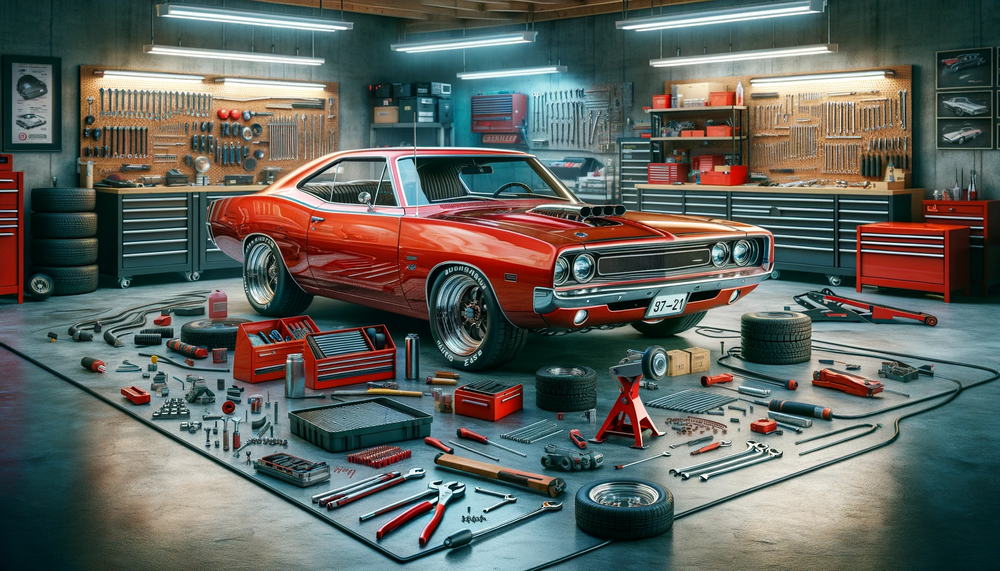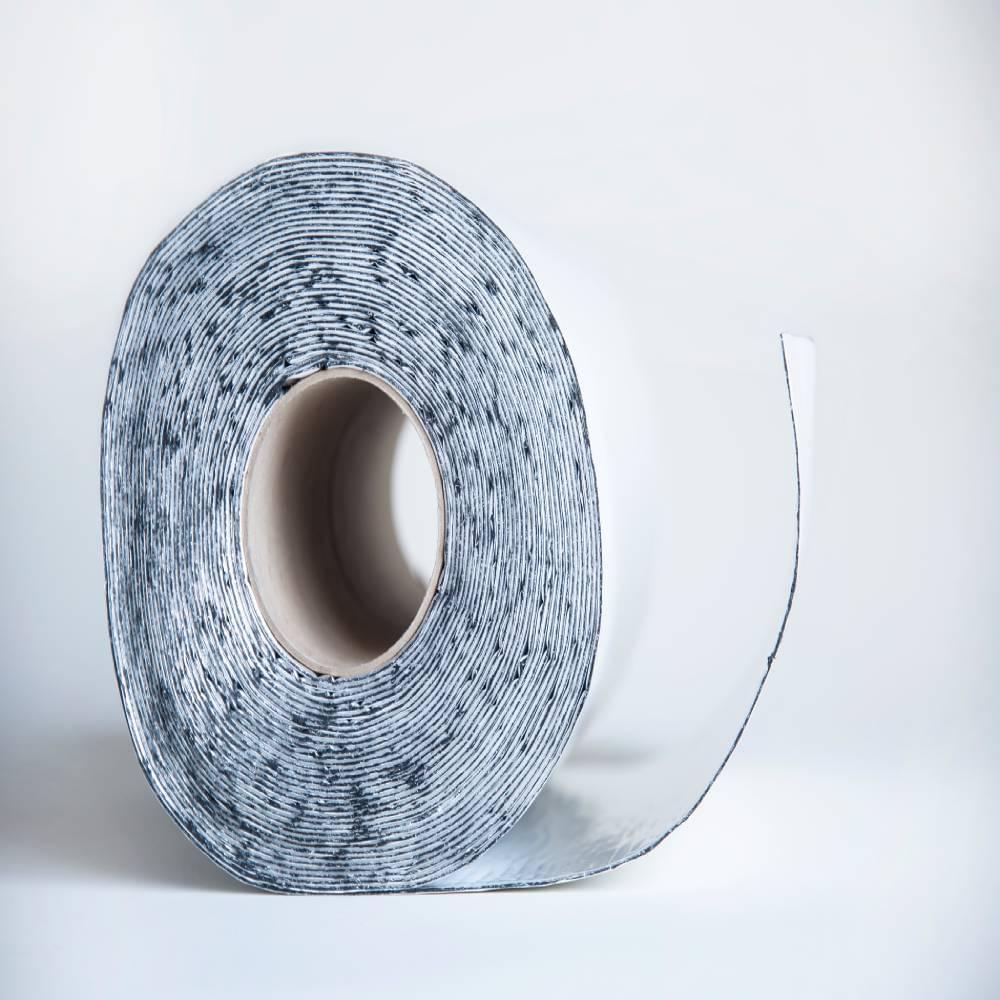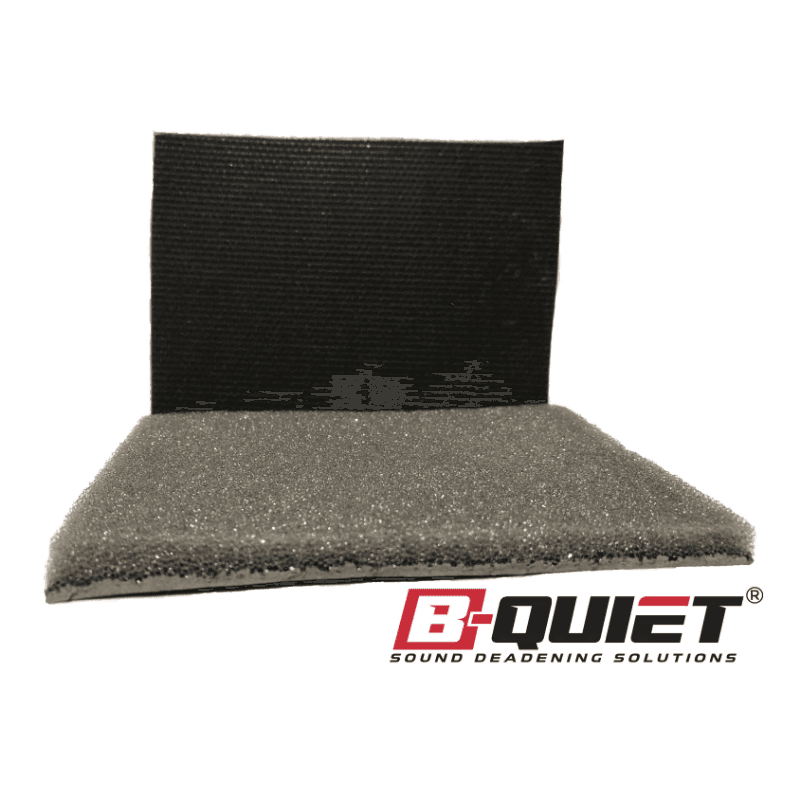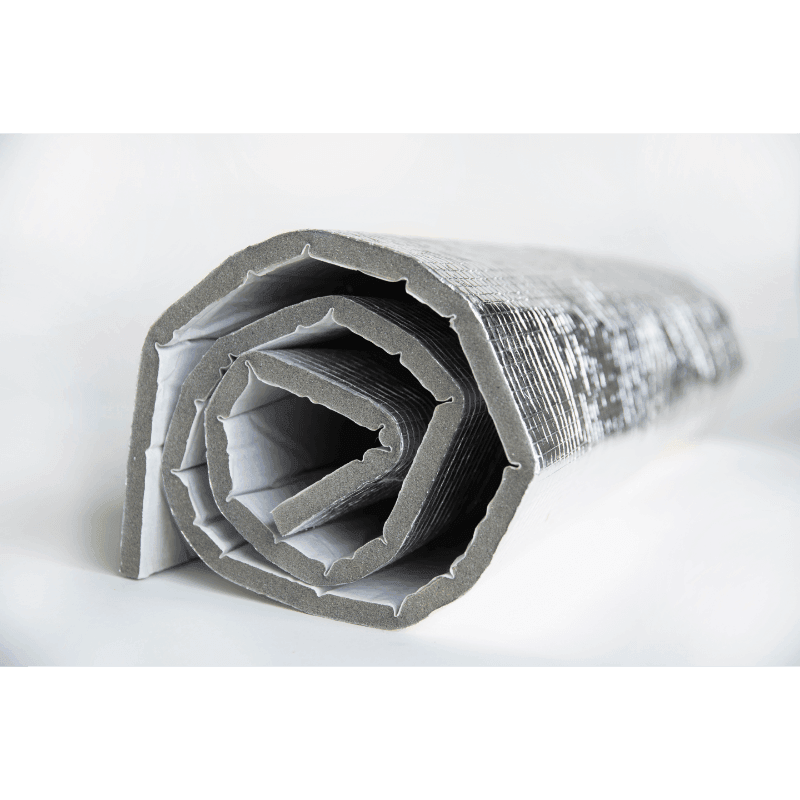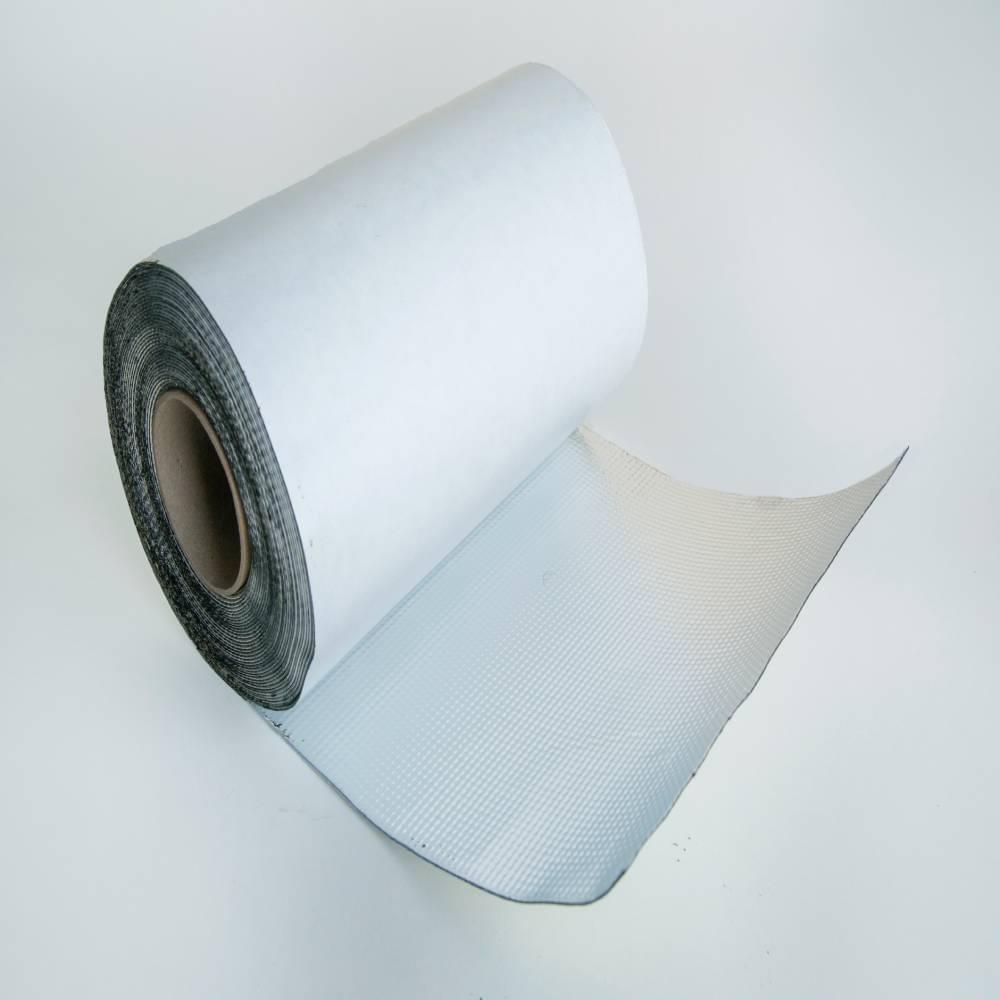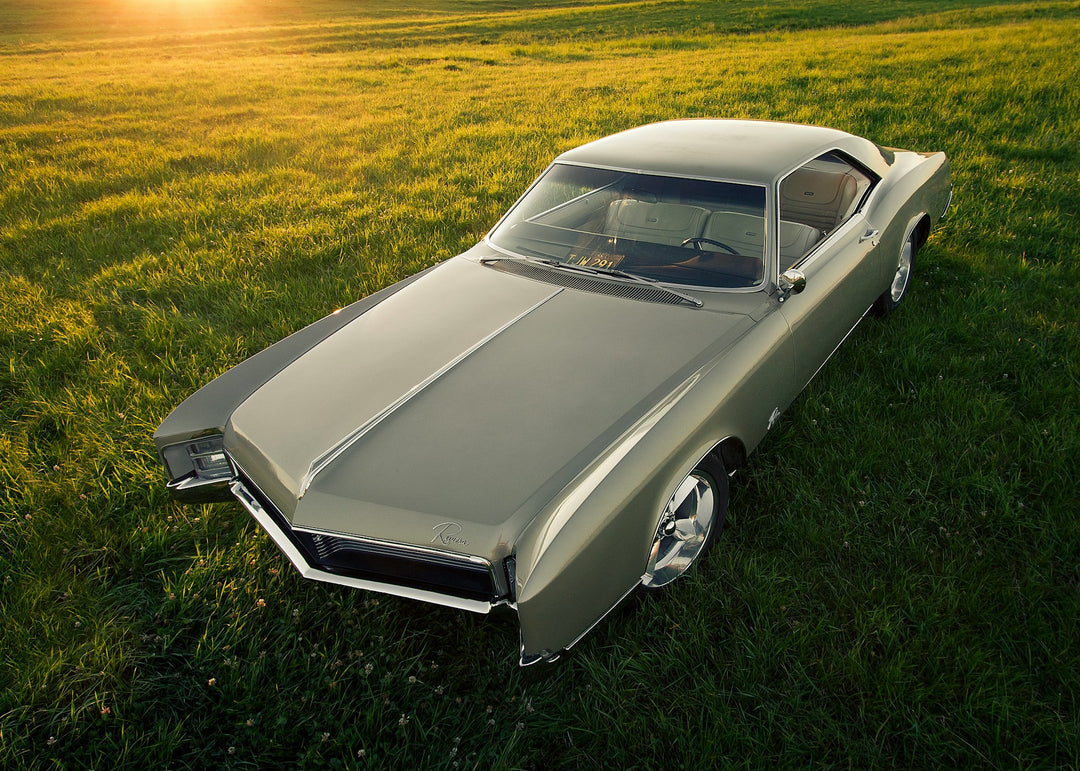How to Improve Your Vehicle's Acoustics for the Ultimate Audio Experience
For audiophiles and music enthusiasts, there's nothing quite like cruising down the highway with your favorite tunes blasting through the speakers. Unfortunately, achieving crystal clear sound and optimal acoustics in a vehicle can be challenging due to various sources of noise and vibrations. Whether you're a casual listener or a devoted car audio aficionado, understanding the importance of sound-deadening and acoustics can help you unlock your vehicle's audio potential.
In this guide, we'll offer expert insights and proven strategies for improving your vehicle's acoustics, focusing on the role sound-deadening materials play in enhancing audio quality. We'll explore how these materials work, which types to use, and best practices for installation to create an immersive, top-notch listening experience in your car, truck, or van.
Imagine turning up the volume on your stereo and feeling the music envelop you, with every note and beat clearly distinguishable. As we dive into the various aspects of automotive sound-deadening and acoustic optimization, our primary goal is to help you transform your vehicle into a mobile audio paradise.
You'll not only learn how to create the perfect environment for your car audio system but also gain valuable knowledge on reducing unwanted noise from road, wind, and engine. Sound-deadening materials not only enhance your in-car audio experience but also contribute to a pleasant and comfortable driving atmosphere.
Whether you're planning to upgrade your car's existing audio system or looking to optimize the acoustics in a new project, this guide will provide you with the essential knowledge and tools needed to achieve impeccable sound quality. Get ready to elevate your driving experience to new heights with improved vehicle acoustics and enjoy every mile of your journey even more.
Understanding Sound Issues in Vehicles
Before diving into sound-deadening solutions, it's essential to identify a few common sound issues that can negatively affect your car's audio quality:
- Distortions and rattles: When you turn up the volume on your car stereo, vibrations can cause door panels, car parts, or even the car body to rattle, producing distortions that interfere with audio clarity.
- Echoes and reverberations: The rigid surfaces and small interior space of your car can cause soundwaves to bounce, creating echoes and reverberations that muddle your audio experience.
- Ambient noise: As mentioned in the introduction, noise from the road, wind, and engine can interfere with your music and hinder your listening experience.
Now that you know what challenges you may face in optimizing your vehicle's acoustics, let's explore the solutions provided by sound-deadening materials.
Best Practices for Installing Sound-Deadening Materials
Proper installation of sound-deadening materials is essential to achieve optimal audio quality and noise reduction. Here are some tips to ensure a successful installation:
- Identify the target areas: Apply the sound-deadening materials to the areas of your car that are most prone to noise and vibration issues. This may include door panels, floorboards, and trunk space.
- Clean and prepare surfaces: Before applying any material, clean and degrease the surface to ensure proper adhesion. Some materials may also require primer or adhesive for better adherence.
- Measure and cut precisely: Measure the area where you will be applying the sound-deadening material, and cut it accurately to fit the space perfectly. Be mindful of any irregularities or curves in the surface.
- Seal any gaps: After applying the material, ensure that there are no gaps or edges left exposed. This may require additional adhesive or foam tape to seal these spaces.
Additional Tips for Improving Your Car Audio Experience
Besides sound-deadening materials, there are other effective ways to improve your car audio experience. By implementing some of these additional measures, you can further enhance your sound environment and make the most of your car stereo system:
Upgrade Your Car Speakers
Factory-installed speakers may not be optimized for high-quality audio playback. Consider upgrading to aftermarket speakers designed for better performance, frequency response, and overall sound quality.
Install a Car Amplifier
A car amplifier can significantly improve the power and clarity of your car's audio system by providing boosted signals to your speakers. This can result in reduced distortion and a cleaner, crisper sound.
Use High-Quality Audio Files
Low-quality, compressed audio files can negatively impact your listening experience. Opt for high-quality, lossless audio formats, such as FLAC or WAV, to ensure the best sound quality possible from your audio system.
Perform Regular Maintenance
To maintain optimal audio quality and performance, regularly inspect your car audio system and sound-deadening materials for signs of wear or damage. Address any issues as needed to keep your system running smoothly and sounding its best.
Conclusion
Improving the acoustics and audio quality of your vehicle can significantly enhance your driving experience, making every journey more enjoyable and captivating. Through sound-deadening materials and following best practices for installation, you can create an immersive audio sanctuary on wheels. By implementing additional tips from our team here at B-Quiet, you will be one step closer to achieving the ultimate in-car audio experience. Explore our collection of premium sound-deadening materials and start your journey towards incredible vehicle acoustics today!


